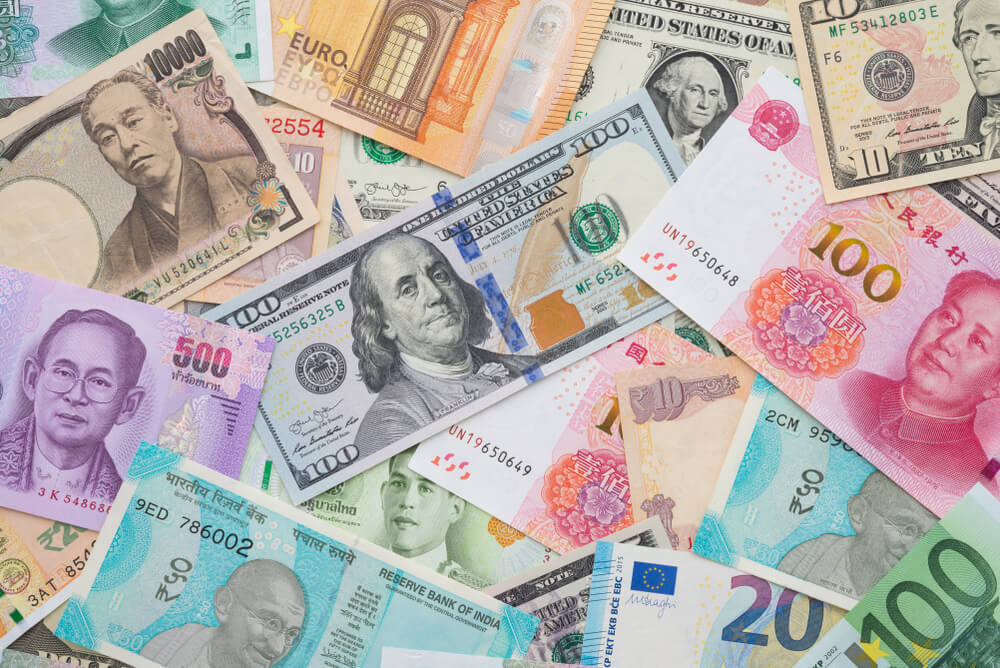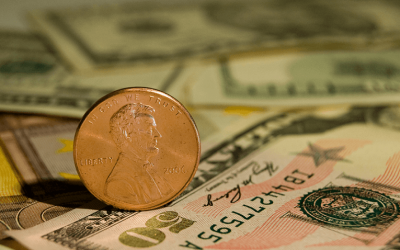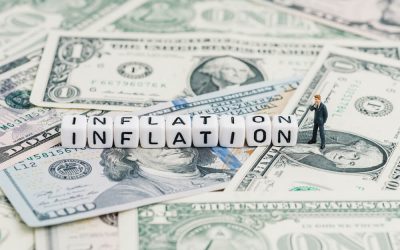
Let’s delve into the captivating realm of trading highly liquid currency pairs, exploring the ebbs and flows of when these pairs experience a downturn or an upturn, deciphering the factors that sway each currency, and shedding light on the distinctive characteristics of these sought-after pairs.
P.S. You can find free trading ideas here.
Article content
Decoding currency pair declines
Let’s explore the driving forces behind a currency pair’s decline with some illustrative examples:
Economic indicators
Economic data holds immense sway over a currency’s value. For instance, if a country reports lacklustre GDP growth, soaring inflation rates, rising unemployment figures, or dwindling interest rates, it can trigger a downward trend in the currency pair. Imagine the Japanese yen weakening against the U.S. dollar due to disappointing economic growth in Japan.
Geopolitical events
Geopolitical factors often inject an air of uncertainty into the Forex market. Suppose a country experiences political upheaval, trade disputes, or geopolitical tensions. In that case, investors may lose confidence in the corresponding currency, leading to a decline in the currency pair. Picture the British pound declining against the euro due to uncertainties surrounding Brexit.
Market sentiment
Sentiment-driven factors can sway the trajectory of currency pairs. In times of market fear or risk aversion, investors seek refuge in more secure currencies. And there will be a decline in higher-risk pairs. Imagine the Australian dollar depreciating against the Swiss franc as investors turn risk-averse amid global market turbulence.

Decoding currency pair surges
Identifying a currency pair’s upward trend is crucial for seizing rewarding trading opportunities. Let’s explore the factors that drive a currency pair’s growth.
Positive Economic Data
Robust economic indicators can propel a currency’s value higher and trigger an upward trend in the corresponding pair. For instance, when a country reports stellar GDP growth, low unemployment rates, or surging consumer spending, it creates a positive sentiment that can lead to the pair’s rise. Imagine the Canadian dollar gaining strength against the Japanese yen due to Canada’s flourishing export sector.
Interest Rate Differentials
Interest rate differentials exert a significant influence over currency values. When a country’s central bank raises interest rates or hints at tightening in monetary policy, it attracts foreign investment, causing its currency to appreciate against its counterpart. Such a situation drives an uptrend in the pair. Imagine a scenario where the euro exhibits a robust ascent against the U.S. dollar, with the European Central Bank contemplating a potential increase in interest rates.
Market Confidence
Positive market sentiment can act as a catalyst for a currency pair’s rise. If investors display increased risk appetite, nurture optimistic outlooks, or experience enhanced confidence, they tend to favor higher-yielding currencies, resulting in an uptrend for the pair. Envision the New Zealand dollar soaring against the British pound as young and spirited investors exhibit heightened risk appetite.

Influential factors for each currency within the pair
A keen understanding of the specific factors impacting individual currencies is essential. Let’s explore a few examples:
USD (United States Dollar)
The Federal Reserve’s monetary policy decisions, economic indicators (such as nonfarm payrolls or consumer confidence), and geopolitical events that impact the U.S. economy influence the U.S. dollar. For instance, the U.S. dollar may weaken against the Canadian dollar due to dovish statements from the Federal Reserve.
EUR (Euro)
The European Central Bank’s policy decisions, Eurozone economic data (including manufacturing and services PMI and inflation rates), and political developments within the European Union can sway the euro value. Imagine the euro gaining strength against the British pound as the European Union showcases robust economic growth.
Unique characteristics of popular currency pairs
Each currency pair possesses distinctive qualities that traders must grasp to make informed decisions. Let’s explore a few examples.
EUR/USD
As the most actively traded currency pair globally, EUR/USD offers high liquidity, tight spreads, and abundant trading opportunities. Economic data from the Eurozone and the United States and global risk sentiment influence it. Traders from the young and vibrant community may witness the EUR/USD pair surging amid positive economic data from the Eurozone and a weakening U.S. dollar.
USD/JPY
Risk sentiment significantly impacts USD/JPY, while U.S. economic indicators, Japanese economic policies, global equity markets, and geopolitical events in the Asia-Pacific region also influence it. Traders within the youthful audience may notice USD/JPY declining when the market displays risk aversion and flocks to the safe-haven Japanese yen.
GBP/USD
Economic data from the United Kingdom, the overall strength of the U.S. dollar, developments related to Brexit, and political factors that impact both countries all influence the movement of GBP/USD.

Summary
To trade highly liquid currency pairs successfully, you need to understand how the market works, what influences individual currencies, and the specific features of each asset.
Young traders can enhance their skills by closely tracking economic indicators, geopolitical events, and market sentiment to find potential trends and make well-informed trading decisions.
Remember, staying up-to-date with current news, employing technical analysis, and implementing effective risk management are the pillars of successful trading in the exhilarating forex market.
Do you want to get more valuable insights?






